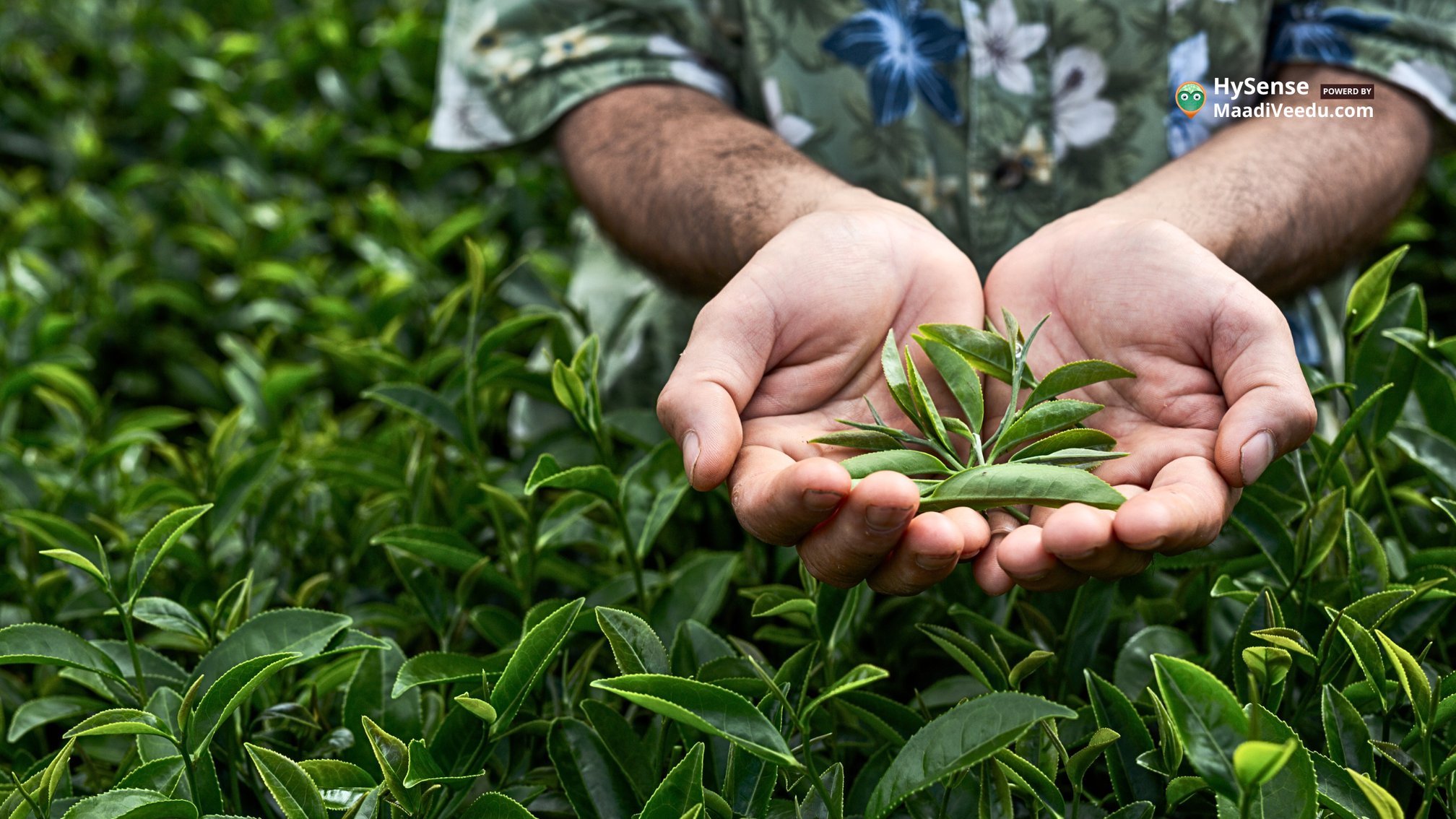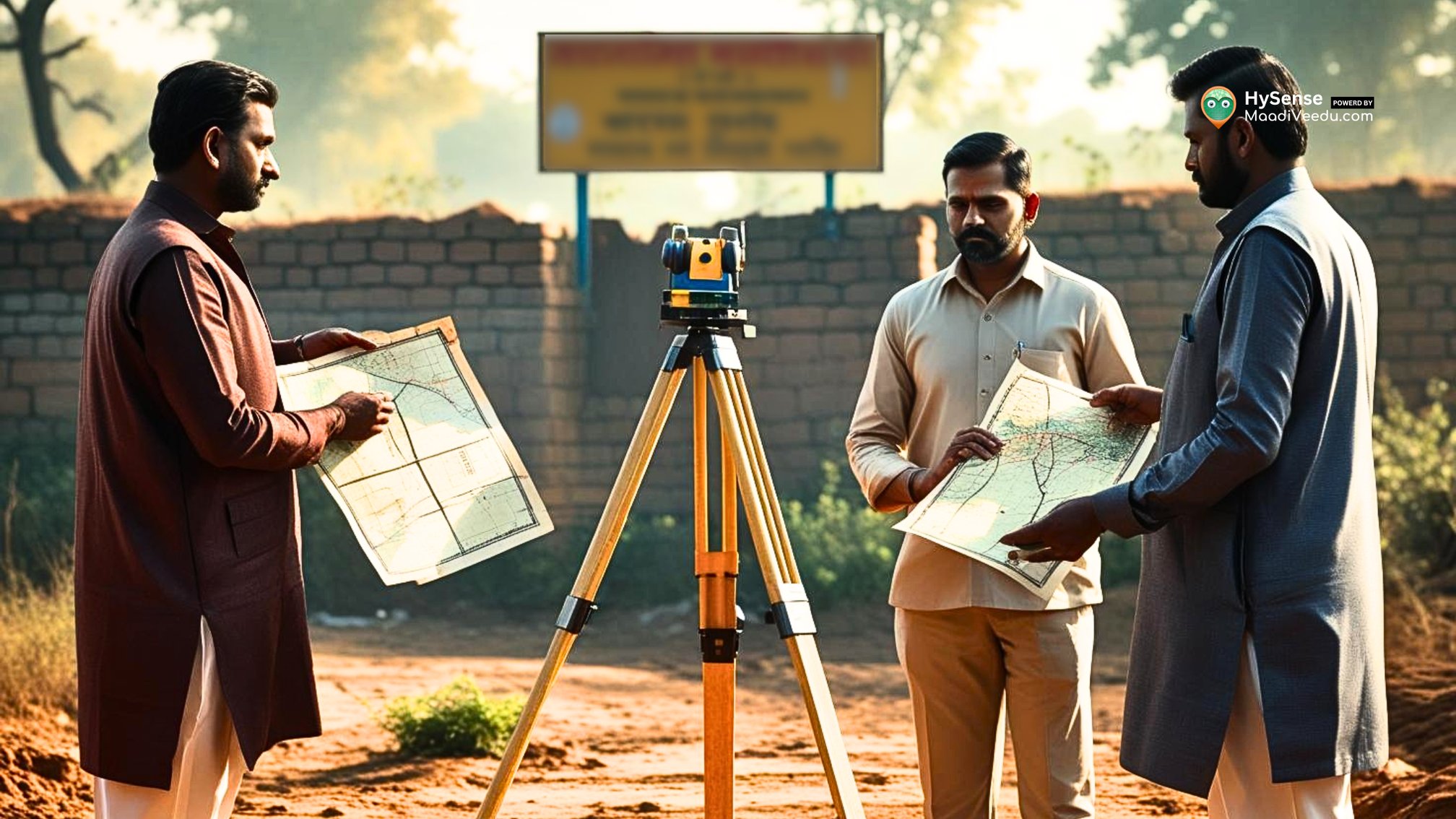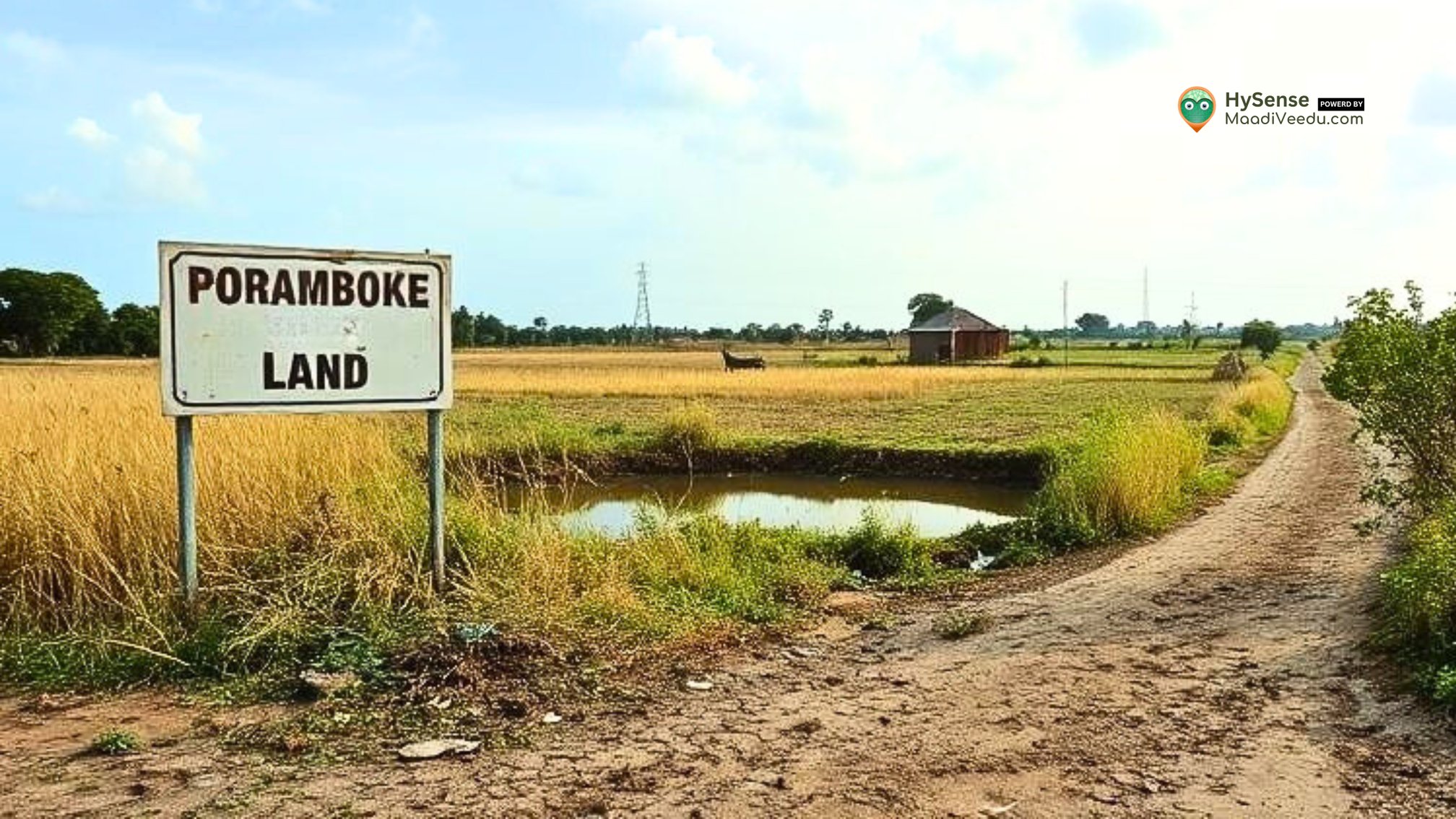Who Is No 1 in Agriculture? 7 Surprising Top Leaders Revealed
Join us as we reveal the top leaders in global agriculture, including India, and how their farming success is paving the way for a better, sustainable world.

Table of Contents
Agriculture is the backbone of many countries, helping provide food, jobs, and income for people. It shapes trade and the global economy. But which country stands out as the top in agriculture? In this blog, we will explore seven surprising countries that are the leaders in farming and agriculture. These nations are not only big producers but also lead in farming technology, government support, and sustainable farming practices. Let’s find out who leads the world in agriculture.
What Makes a Country No. 1 in Agriculture?
When we say a country is the best in agriculture, it’s not just about how much food it produces. Several things help make a country a top leader in farming:
Modern Farming Tools
Countries that use the latest technology in farming can grow more food with less effort. For example, some countries use special machines that help plant crops more accurately. This helps farmers reduce waste and improve productivity.
Support from the Government
The government’s role is very important in agriculture. Good government policies, like financial support and training programs, can help farmers improve their work. Countries that have a strong support system for farming are better able to grow their agriculture sector.
Eco-Friendly Farming
Sustainability is about growing food without harming the environment. Countries that use eco-friendly methods, like saving water and reducing the use of chemicals, are more successful in the long run. Sustainable farming ensures that we will continue to grow food for many years without damaging natural resources.
To be a top agricultural nation, a country needs to excel in all of these areas—using modern technology, supporting farmers, and protecting the environment.
Surprising Leader #1: The United States
The No. 1 Country in Agriculture
The United States is often considered one of the top countries in agriculture. The U.S. has vast land with good soil, which helps it grow a variety of crops and raise many animals. It is one of the largest producers of crops like corn, wheat, and soybeans, as well as meat products like beef and pork.
Why the U.S. Leads in Agriculture
The U.S. has a big advantage due to its advanced farming tools. Many farms use tractors, machines, and even computers to grow more crops with fewer resources. The country also has a strong infrastructure that allows farmers to easily transport their products to other countries. In addition, the U.S. government supports farmers with funding for research and financial help, which allows them to stay competitive in the global market.
Surprising Leader #2: Brazil
Agriculture Leader of South America
Brazil is a major player in the global farming industry. With its large lands and great weather, Brazil produces many crops like soybeans, sugarcane, and coffee. It is also a leader in raising livestock, especially cattle.
Why Brazil Is a Big Agricultural Player
Brazil’s success comes from its rich land and natural resources. The country uses modern farming methods, including better farming tools and techniques, to grow more crops efficiently. The government has also helped by investing in farming technology and providing support to farmers, making Brazil one of the largest agricultural exporters in the world.
Surprising Leader #3: China
World’s Largest Agriculture Producer
China is one of the biggest agricultural producers globally. With the world’s largest population, it needs to produce a lot of food. China is the top producer of rice, which is the main food for its people. It also produces a lot of pork, which is very popular in the country.
Why China Is a Farming Leader
China has a huge workforce, which is a big help in farming. The country also uses modern farming equipment and better techniques to boost food production. The Chinese government gives strong support to farming, helping farmers improve their crops and farm products. All these factors have made China a leader in agriculture worldwide.
Surprising Leader #4: India
The Agriculture Giant of Asia
India is one of the biggest agricultural nations in the world. The country has large areas of farmland and grows a wide variety of crops, such as rice, wheat, sugarcane, and vegetables. India is also famous for producing spices like black pepper, turmeric, and cardamom, which are exported globally.
Why India Is an Agricultural Powerhouse
India’s success in agriculture comes from its diverse climate and soil, which allow farmers to grow a variety of crops throughout the year. India is one of the largest producers of rice and wheat, feeding a huge population. The country also excels in growing fruits, vegetables, and pulses. Moreover, Indian farmers use both traditional and modern farming techniques, with growing support from the government. Many government schemes, subsidies, and loans help farmers improve their productivity. These factors combined make India a leader in global agriculture.
Surprising Leader #5: France
Europe’s Best Agricultural Nation
France is one of the top countries in Europe when it comes to farming. The country is known for producing wine, which is made in many regions across the country. France is also a leader in dairy products, such as cheese and butter.
Why France Is an Agricultural Leader
France combines old farming methods with new technology. For example, France’s wine industry is based on centuries of tradition, but the country also uses modern tools to improve production. The government helps by offering support to farmers and making sure they have everything they need to grow quality food. France’s mix of tradition and innovation has kept it at the top of the agricultural world.
Surprising Leader #6: Netherlands
The Small but Powerful Agricultural Nation
The Netherlands is a small country, but it is a big leader in agriculture. The country is famous for using greenhouses to grow vegetables, flowers, and plants. It is also one of the biggest exporters of flowers and vegetables.
Why the Netherlands Is Successful in Agriculture
The success of Dutch agriculture comes from its smart use of technology. The Netherlands is a leader in using greenhouses, which allow farmers to grow crops in controlled environments. The country also uses automation, where machines help with tasks like planting and harvesting. The Netherlands is focused on efficiency and sustainability, which has made it a leader in agricultural exports.
Surprising Leader #7: Australia
Oceania’s Agricultural Leader
Australia is a big player in agriculture, known for producing high-quality crops like wheat and beef. The country is also a major exporter of wool and other farm products.
Why Australia Is Strong in Agriculture
Australia’s large land area is perfect for farming, and the country uses modern techniques to grow crops and raise livestock. The farming industry is supported by strong government policies and financial aid. Australia also focuses on using sustainable farming practices to protect its land and water resources, ensuring that its agriculture remains strong for years to come.
Conclusion
There is no single country that is the best in agriculture. Several countries around the world are leaders in different areas. Some countries, like the U.S. and Brazil, have large lands and use advanced technology to lead in crop production. Others, like the Netherlands and France, are known for their innovative farming methods. India stands out as a major agricultural player in Asia, producing a wide range of crops and feeding its vast population. What all these countries have in common is their strong focus on farming, support for farmers, and commitment to protecting the environment. Understanding what makes these countries successful helps us see the important role agriculture plays in the world’s economy and how we can continue improving farming around the globe.
Stay connected with us for more insights and updates on global agriculture and sustainable farming practices through our visual storytelling.















